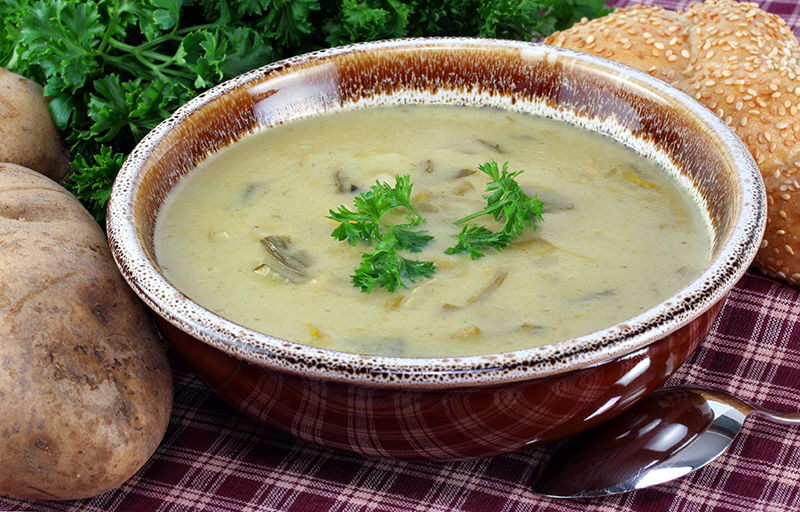This Sunday’s First Reading recounts how Moses, having fled his home for killing an Egyptian, made his way to Midian. There he married and became a shepherd in the service of his father-in-law Jethro, a Midianite priest, who was another descendant of Abraham through his wife Keturah. (Genesis 2:1, 2).
The Midianites worshiped many gods while retaining knowledge of the God of Abraham, whom they knew as “El Shaddai,” which may be translated as “God of the Mountain” — a likely reference to Mount Horeb, later known as Sinai. In the minds of such people gods were always tied in some manner to the earth.
On Horeb Moses encountered a deity speaking from a burning bush who wants him to free the Israelites from bondage in Egypt. Somewhat flummoxed, Moses asks the name of this God so he can tell the slaves who commissioned him. The reply, “I Am Who I Am. … Tell them, ‘I Am has sent me to you” (Exodus 3:14), demonstrates that this God is not earthbound; he is transcendent, existing always and everywhere.
Learning of Israel’s escape, Jethro met with Moses during the Exodus, offering a benediction: “Blessed be the Lord, who has delivered you … out of the hand of Pharaoh. … Now I know the Lord is greater than all gods” (Exodus 18:10-11).
God, we see, reveals Himself in various ways. For Moses it’s the paradoxical sign of a bush, burning yet refusing to be consumed. For Jethro it’s the realization that Egypt, the powerful empire — whose swift war chariots were the ultimate weapon of that age — was no match for the one God named I AM, the ultimate weapon of every age.
Last week, we heard how the divinity of Jesus transfigured Him. The other apostles and disciples had to wait till after the Resurrection before seeing Jesus in His glorified body. Peter, James and John were given a preview to bolster their faith.
In the New Covenant, revelation is the prerogative of Jesus. “No one knows the Father truly save the Son, and those to whom it is the Son’s good pleasure to reveal Him” (Matthew 11:27). As Catholic Christians we are blessed with the privilege of knowing God the Son in the Holy Eucharist, the bread of angels, given as a perpetual memory and ongoing reality of redemptive love.
St. John Vianney was so greatly touched by this divine affection that he would sometimes pause during his sermons, overcome with love for the Eucharistic Jesus. Gesturing toward the tabernacle, he would exclaim, “He is here! He who loves us so much!”
Fasting and abstaining from meat on Fridays is part of a sacrificial response joining ourselves to the Cross. It’s an exercise in irony, really missing the point of the penitential spirit of the season, to go out for dinner, announce that you can’t eat meat on Friday because it’s Lent, then indulge in something like lobster bisque.
During Lent the Church calls us to pray more deeply, give alms more readily and renounce the pleasures of the table in favor of simpler, less filling meals. We are supposed to know hunger lest, as St. Paul explains, our belly becomes our god.
Having mentioned St. John Vianney, the humble French priest who spent hours healing souls in the confessional, I began looking for a simple Lenten French soup recipe. My good friend, Lourdes Brent, a woman of great refinement and many talents — among which is cooking — suggested the following: potage parmentier (French potato leek soup).
Ingredients for Potage Parmentier (for 6-8 servings)
4 cups of red potatoes (peeled and cubed)
1-1/2 cups of onion (chopped)
1-1/2 cups of leeks - white parts only (chopped)
1/4 cup of leeks - green parts only (chopped)
4 cups of water
1 tbsp. of salt
3 tbsp. of butter (softened)
3 tbsp. of flour
half and half (to color and taste)
1 level tsp. of white pepper
Cooking Instructions
Fry onions and white leek parts in butter for five minutes, over a medium-high flame. Add flour to onion and leek mixture. Stir two minutes; remove from heat. Place contents in soup pot over medium-to-high flame. Add hot water a little at a time while stirring. Add potatoes, salt, and green parts of leeks. Simmer partially covered, 30-40 minutes, stirring occasionally.
Add half-half to make the soup watery, milky or creamy. Add white pepper if desired. It is less pungent than black pepper, but maintains the soup’s velvety whiteness.
Serve with a slice of hearty French bread, butter and, perhaps, a bit of brie.
Lourdes added, “This is a perfectly fine, simple, French peasant soup — but the aristos got hold of it, added cream, parsley and chives, blended and chilled it, then called it vichyssoise.”

